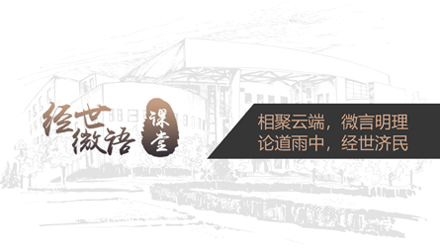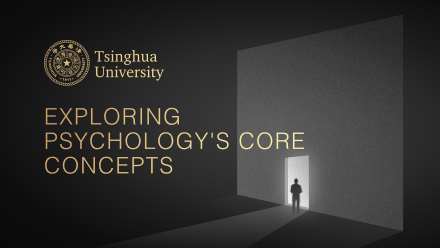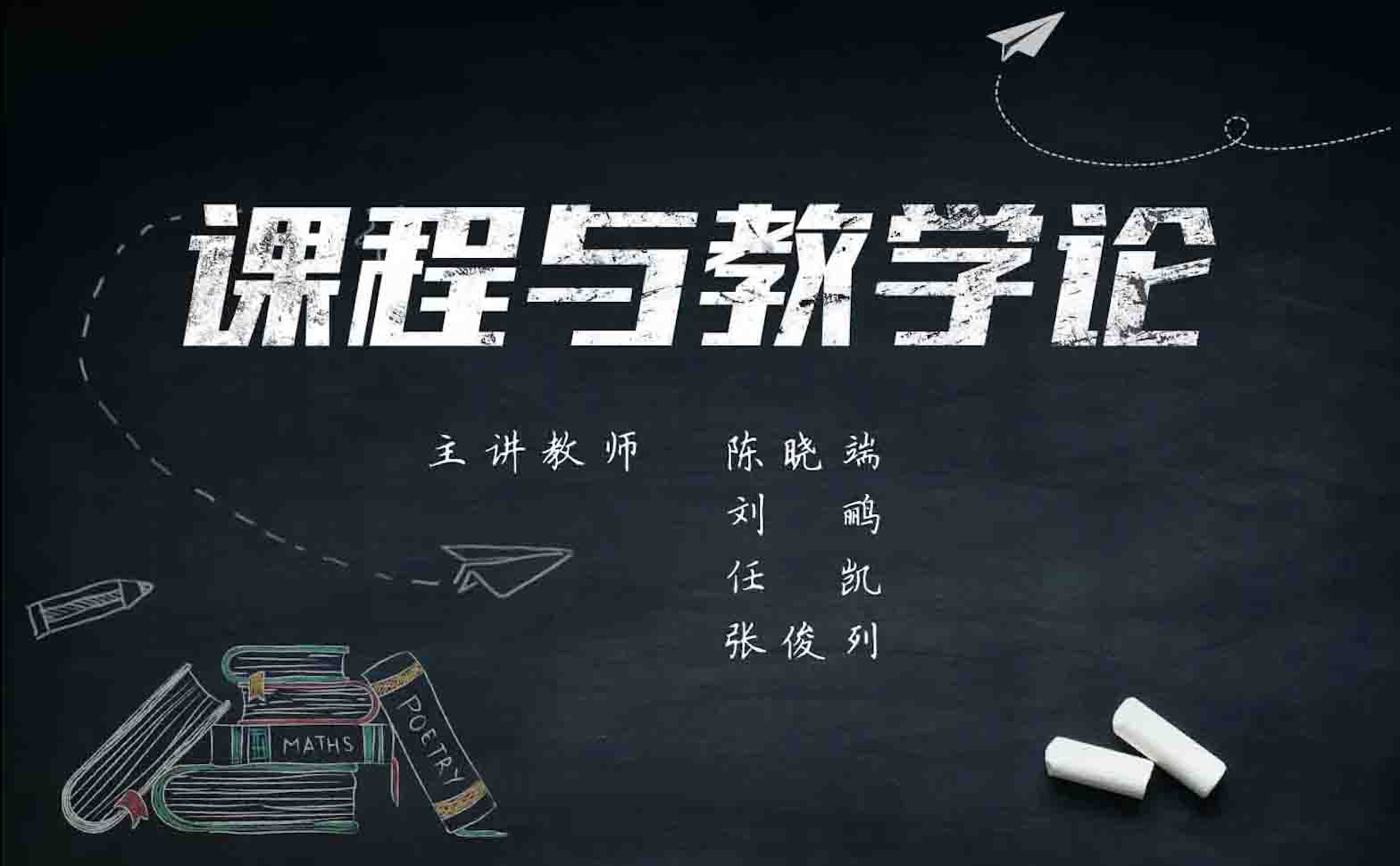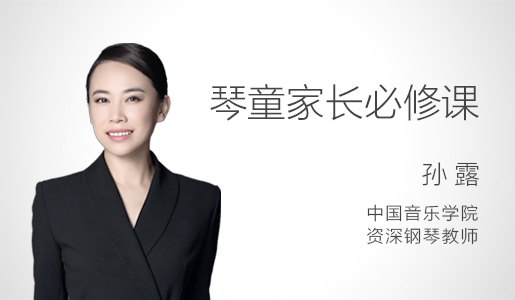
当前课程知识点:Practical Japanese Conversation > 3、To take the train > (2)Signs in the station; Ask for directions of train; To interchange > Lesson 3 (2) Discussion
返回《Practical Japanese Conversation》慕课在线视频课程列表
In the previous discussion, we have mentioned about the priority seats in the train.
Several priority seats (優先席ゆうせんせき) are usually set at both ends of the carriage. On the trains in Japan, there are many cases in which people do not offer their seats. This is not because they are impolite, but because people may be upset after you offered them your seat. For example, especially to offer seats to the elderly, most of the Japanese do not want others to think they are old, so if you offer them a seat, it may hurt their self-esteem. Therefore, unless people obviously look very old and have some difficulties, everyone is embarrassed to offer their seats. So, the priority seats on the train play a big role. Young people do not sit on the priority seats most of the time, except when the trains are too crowded or not crowded. The priority seat will be vacated, and the elderly will walk to the priority seats and sit down if they need it. This will not cause any misunderstanding.
The second picture is a sign forbidding the use of mobile phones in the carriage. In principle, in Japan, you can't talk on mobile phones on the train. You can send text messages, etc. Voice calls can only be used for a short time when it is urgent. One of the reasons is that talking on the phone will affect other passengers. Secondly, there may be some patients among passengers. They may be carrying medical devices with communication functions. Some patients with heart disease, have micro-transmitter in their bodies so that the hospital can know immediately when they have a heart attack. This transmitter could be interfered by the mobile phone signal, so you are advised to turn off your phone near the priority seats. In the first picture, there is “優先席付近(ふきん)では携帯電話(けいたいでんわ)の電源(でんげん)をお切(き)りください” written below the priority seat. “携帯電話” means “mobile phone”; “切る” means “cut, cut off”; “お切りください” is its honorific form. It means “please turn off your mobile phone near priority seats”. This civilized behavior in public is called “マナー(manners)” in Japanese; Silent mode of the mobile phone is called “マナーモード (manner-mode)” in Japanese. In the second picture, there is “マナーモードを設定(せってい)の上、通話(つうわ)はご遠慮(えんりょ)ください” written on the left. “ご遠慮ください” means “to avoid”. This sentence means “Put the phone on silent mode, and please avoid phone calls”.
返回《Practical Japanese Conversation》慕课在线视频列表
-(1)Go straight; Turn left/ right
--Go straight; Turn left/ right
--Lesson 1(1)Exercises
-(2)Front left, front right, facing toward, diagonally ahead
--Front left, front right, facing toward, diagonally ahead
--Lesson 1(2)Exercises
-(3)Cross the road; Uphill; Branch road
--Cross the road; Uphill; Branch road
--Lesson 1(3)Exercises
-(1)Bearing; Walk down the stairs; Pass through the passage
--Bearing; Walk down the stairs; Pass through the passage
--Lesson 2 (1) Exercises
--Lesson 2 (1) Japanese New Year greeting (Discussion)
-(2)Entering; Innermost; Identify road signs; Summary of key points
--Entering; Innermost; Identify road signs; Summary of key points
--Lesson 2 (2) Exercises
--Lesson 2 (2) Summary& Discussion
-(1)Japan’s railway Knowledge; Ticket Purchase
--Japan’s railway Knowledge; Ticket Purchase
--Lesson 3 (1) Exercises
-(2)Signs in the station; Ask for directions of train; To interchange
--Signs in the station; Ask for directions of train; To interchange
--Illustration 7(Original version)
--Illustration 7(Explanatory version)
--Lesson 3 (2) Exercises
-(3)Luggage depository; Beverage vending machine
--Luggage depository; Beverage vending machine
-- Add-on: Shinkansen route map
--Add-ons: Appearance of the Shinkansen Ticket Vending Machine
--Add-on: Picture of LCD screen of Shinkansen ticket vending machine
--Add-on:Shinkansen's exit ticket Ticket gate. Please put the two tickets in together.
--Add-on:How to buy tickets at Shinkansen ticket vending machine(English)
-(1)Conversation when you need to stand in line in a restaurant
--Conversation when you need to stand in line in a restaurant
--Lesson 4 (1) Exercises
--Lesson 4 (1) Low-end Restaurants in Japan- Discussion:
-(2)Conversation when you don’t have to stand in line in a restaurant
--Conversation when you don’t have to stand in line in a restaurant
--Lesson 4 (2) Exercises
-(3)Food Ordering
--Lesson 4 (3) Exercises
--Lesson4 (3) Popular Japanese dishes- Discussion:
-(4)Bill
--Bill
--Lesson 4 (4) Counting method of Numbers- Discussion:
-(5) Last order
--Lesson 4 (4)& (5)Exercises
--Lesson 4 (5) Japanese Suffix Changes- Discussion:
-(1)enter the restaurant and take a seat
--enter the restaurant and take a seat
--Lesson 5 (1) Illustration 1:
--Miniature version of Lesson 5 (1) Illustration 1
--Lesson 5 (1) Exercises
-(2)ask the owner about the menu
--ask the owner about the menu
--Lesson 5 (2) Exercises
--Lesson 5 (2) Traditional habits of Japanese meals- Discussion:
-(1)Go up/ Go down floors; The orientation between objects
--Go up/ Go down floors; The orientation between objects
--Lesson 6 (1) Exercises
-(2)Row and section of shelf; The way the staff answer
--Row and section of shelf; The way the staff answer
--Lesson 6(2)Exercises
-(1)Conversation with shop assistant; Purchase of alcohol, tobacco and beverage
--Conversation with shop assistant; Purchase of alcohol, tobacco and beverage
--Additional video: Queue lines in the convenience store
--Lesson 7(1)Exercises
-(2)The use of copiers, multi-function machines, toilets, etc.
--The use of copiers, multi-function machines, toilets, etc
--Lesson 7(2)Exercises
-(1)International Express, International parcel
--International Express, International parcel
--Lesson 8(1)Exercises
-(2)Domestic Parcel
--Lesson 8(2)Exercises
-Final exam





